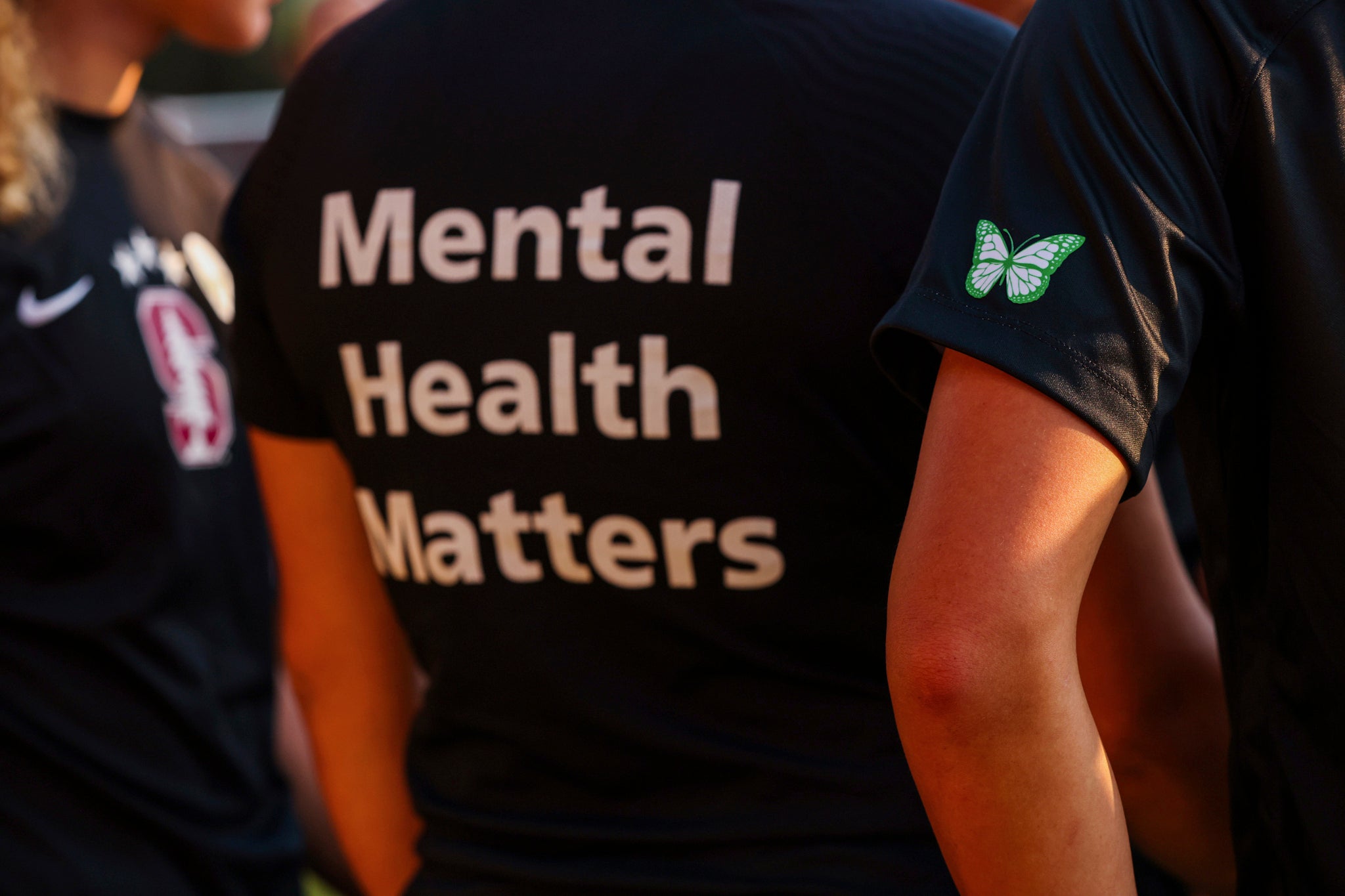Pandemic youth mental health toll unprecedented, data show
The pandemic took a harsh toll on U.S. teen girls’ mental health, with almost 60% reporting feelings of persistent sadness or hopelessness

Your support helps us to tell the story
From reproductive rights to climate change to Big Tech, The Independent is on the ground when the story is developing. Whether it's investigating the financials of Elon Musk's pro-Trump PAC or producing our latest documentary, 'The A Word', which shines a light on the American women fighting for reproductive rights, we know how important it is to parse out the facts from the messaging.
At such a critical moment in US history, we need reporters on the ground. Your donation allows us to keep sending journalists to speak to both sides of the story.
The Independent is trusted by Americans across the entire political spectrum. And unlike many other quality news outlets, we choose not to lock Americans out of our reporting and analysis with paywalls. We believe quality journalism should be available to everyone, paid for by those who can afford it.
Your support makes all the difference.The pandemic took a harsh toll on U.S. teen girls’ mental health, with almost 60% reporting feelings of persistent sadness or hopelessness, according to a government survey released Monday that bolsters earlier data.
Sexual violence, suicidal thoughts, suicidal behavior and other mental health woes affected many teens regardless of race or ethnicity, but girls and LGBTQ youth fared the worst on most measures, according to the Centers for Disease Control and Prevention report. More than 17,000 U.S. high school students were surveyed in class in the fall of 2021.
In 30 years of collecting similar data, “we’ve never seen this kind of devastating, consistent findings," said Kathleen Ethier, director of CDC’s adolescent and school health division. “There’s no question young people are telling us they are in crisis. The data really call on us to act."
The research found:
— Among girls, 30% said they seriously considered attempting suicide, double the rate among boys and up almost 60% from a decade ago.
— Almost 20% of girls reported experiencing rape or other sexual violence in the previous year, also an increase over previous years.
— Almost half of LGBTQ students said they had seriously considered a suicide attempt.
— More than a quarter of American Indians and Alaska natives said they had seriously considered a suicide attempt — higher than other races and ethnicities.
— Feelings of persistent sadness and hopelessness affected more than one-third of kids of all races and ethnicities and increased over previous years.
— Recent poor mental health was reported by half of LGBTQ kids and almost one-third of American Indian and Alaska Native youth.
The results echo previous surveys and reports and many of the trends began before the pandemic. But isolation, online schooling and increased reliance on social media during the pandemic made things worse for many kids, mental health experts say.
The results “reflect so many decades of neglect towards mental health, for kids in particular," said Mitch Prinstein, the American Psychological Association’s chief science officer. “Suicide has been the second- or third-leading cause of death for young people between 10 and 24 years for decades now," and attempts are typically more common in girls, he said.
Prinstein noted that anxiety and depression tend to be more common in teen girls than boys, and pandemic isolation may have exacerbated that.
Comprehensive reform in how society manages mental health is needed, Prinstein said. In schools, kids should be taught ways to manage stress and strife, just as they are taught about exercise for physical disease prevention, he said.
In low-income areas, where adverse childhood experiences were high before the pandemic, the crisis has been compounded by a shortage of school staff and mental health professionals, experts say.
School districts around the country have used federal pandemic money to hire more mental health specialists, if they can find them, but say they are stretched thin and that students who need expert care outside of school often can’t get it because therapists are overburdened and have long waitlists.
___
AP writer Jocelyn Gecker contributed in San Francisco contributed to this report.
___
Follow AP Medical Writer Lindsey Tanner at @LindseyTanner.
___
The Associated Press Health and Science Department receives support from the Howard Hughes Medical Institute’s Science and Educational Media Group. The AP is solely responsible for all content.